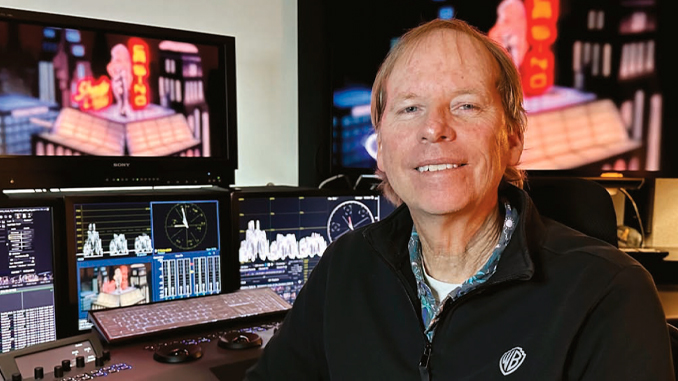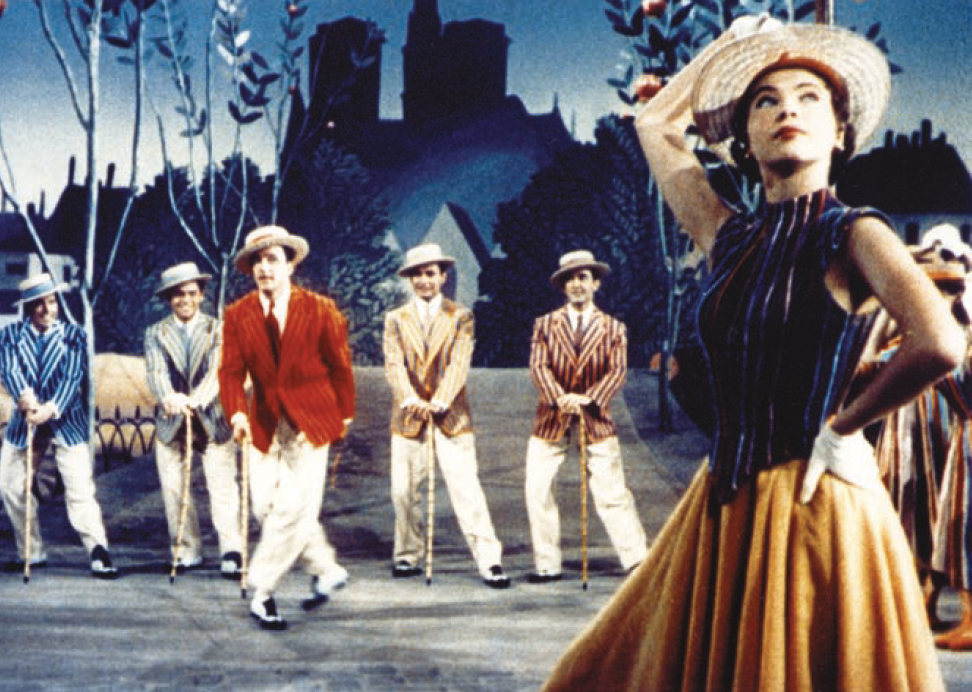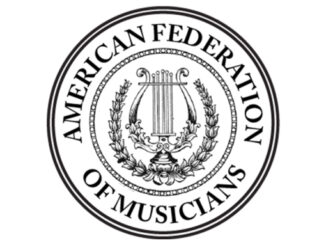
By Doug Drake
Although I grew up in the Florida Keys, I was born in San Diego at the Balboa Naval Hospital (my father was in the Navy). For a short time, we lived on Coronado Island, then Santa Monica and Huntington Beach. When my grandparents bought a Florida motel in 1972, we drove cross-country to start a new life.
Marathon, Florida was a great place to live if you liked the outdoors (sport fishing, scuba diving, boating). I really enjoyed living in the Keys (played a lot of sports plus other activities), but I missed California.
After graduating high school, I attended the University of Florida. I first wanted to be an architect, then changed to journalism. At college, I started watching lots of movies on the big screen and stayed up late watching old movies and TV shows. I became interested in film production and moviemaking sounded like a fascinating career, so I transferred to the University of South Carolina and began classes in script writing, sound recording, film production, and video editing.
I made a bunch of 16mm and 8mm movies and even a music video. I got so good at operating the equipment that the school’s Department of Media Services hired me as a production/instructional assistant. I taught Media Arts students how to operate film and video cameras and, when needed, I helped edit their class projects. As a film student, I always liked production, but I really enjoyed editing. In the fall of 1987, I graduated with a BA in Media Arts and returned to Los Angeles.
I wanted to be an editor and was willing to start on any job in the entertainment business, but I had no connections. I checked Variety and The Hollywood Reporter classifieds daily. Finally, I saw and landed a job as a runner on “It’s Garry Shandling’s Show.” The pay was low, but working on a big TV show right out of college felt very cool. I helped in the production office, delivered scripts to the cast, and memorably met Gene Wilder while delivering a script for Gilda Radner.
The writers’ strike of 1988 caused me to go back to searching the classifieds for post-production jobs. I was lucky to get a job at Color Systems Technology (CST), known for colorizing movies for the Turner Entertainment Co. This gig was union, so I got on the roster and joined Local 695. They trained me to work on old classic films. I learned to set up and operate 1-inch VTRs that recorded two frames at a time and learned to edit masters for clients. Becoming a tape operator was a big break for me and proved to be very important for my career.

That old saying, “It’s not what you know, but who you know,” is very true when trying to get a job in this industry. My CST connections helped me get a job as tape operator/dailies assistant at Laser Pacific. Back in the day, before everything was digital, TV shows were mostly shot on film. I was responsible for creating VHS dailies cassettes on 25+ shows. I also assisted setting up, prepping, and loading film on a Rank Cintel film scanner (35mm and 16mm) for the telecine colorist. I also learned how to color correct dailies, starting with an old school color corrector from Rank Cintel which used three joysticks to create a balanced picture. Each joystick controlled the lift, gamma, and highlights. The center shaft increased or decreased the levels, and you would slide the joystick around towards red, green, blue, depending on what balance you wanted.
I wanted to be an editor … but I had no connections.
I enjoyed working with film and color and had an affinity for operating the technical equipment. After one season and a lot of training, I was bumped up to a telecine colorist. I color corrected dailies for episodics (TV series) and Movies of the Week (MOWs — network-produced movies made for television).
Three years later, I went to Crest Digital to learn to color correct large format films on the first 65mm/70mm Rank Cintel film scanner. This involved loading 8perf or 15perf 1000-foot reels of film and transferring them to tape. I also prepped and cleaned the film elements on an ultrasonic film cleaner made specifically for large format films, which was very stressful because the film could get scratched. I also learned to do final color correction and began re-mastering library titles.
I continued honing my skills for Warner Bros., Paramount, and Universal at Modern VideoFilm and Advanced Digital Services. In May of 1997, I was hired as a colorist at WB Video Operations. This union position allowed me to get on the roster and join Local 700 — my first union colorist job.
Later, I worked at NBC/Universal Studio-Post, then returned to Warner Bros. Motion Picture Imaging (MPI) where I am today, working on 4K and 2K restorations for home video, streaming and Digital Cinema. I am very lucky to spend my days working at a major studio and thankful for all the mentors and friends who have helped me along the way.
Doug Drake is a senior restoration colorist who enjoys color correcting and restoring important motion pictures to their pristine condition. He feels fortunate to have graded well-known titles including “An American in Paris,” “Grand Prix,” “The Outsiders,” “Batman: Mask Of The Phantasm” and many others. He can be reached at Doug.Drake@ wbd.com.





